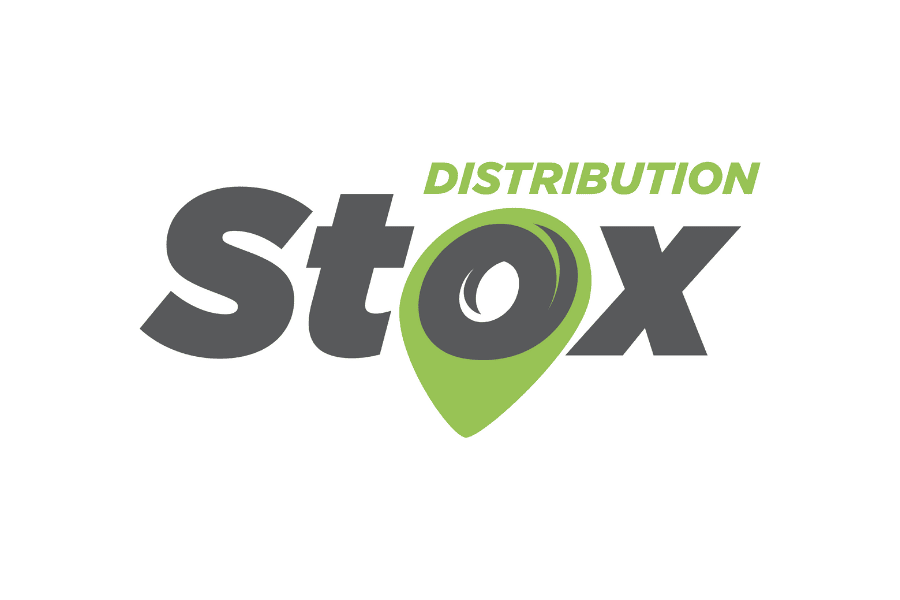What are the biggest online threats to businesses?
The internet has become an essential tool for businesses, but it also brings significant risks. Here are the top threats companies face today:
1. Cyberattacks
a. Ransomware attacks
Cybercriminals use ransomware to encrypt company data and demand payment to unlock it. These attacks can halt operations and cause major financial losses.
b. Phishing and social engineering
Hackers trick employees into revealing sensitive information such as passwords or login details. They often use fraudulent emails or fake websites to steal data.
c. DDoS (Distributed Denial of Service) attacks
Criminals flood a website or online service with excessive traffic, making it unavailable. This can disrupt operations, damage a company’s reputation, and lead to lost revenue.
2. Data breaches
Data breaches happen when unauthorized individuals gain access to sensitive information, including customer records, trade secrets, or financial data. They can result in costly regulatory fines, financial damage, and serious harm to a company’s reputation.
3. Malware
Malware refers to malicious software designed to damage or disrupt computer systems. It can steal data, spy on activities, or cause system failures. Common types include viruses, Trojans, and spyware.
4. Insider threats
Insider threats come from employees or individuals with legitimate system access. These risks include both intentional sabotage and accidental mistakes. Because they involve trusted users, insider threats are often harder to detect.
5. Software vulnerabilities
Security flaws in the software businesses use can give cybercriminals an entry point. Outdated programs, poor design, or unpatched bugs create opportunities for attacks. Regular updates and security patches are essential to reduce this risk.
6. Regulatory compliance issues
Businesses must follow data protection laws such as the GDPR in Europe. Ignoring these rules can result in hefty fines and loss of public trust. Strong data management and security practices help prevent legal and reputational damage.
7. Supply chain risks
Many companies rely on external vendors and partners. Weak security in a supplier’s systems can compromise your own. Regular audits and strict security standards for partners help reduce these risks.
8. Emerging threats
Rapid advances in technology bring new challenges. The Internet of Things (IoT) and artificial intelligence (AI) offer opportunities but also create vulnerabilities. IoT devices can be exploited, and AI can be used to launch sophisticated cyberattacks.
Conclusion
Online threats to businesses keep evolving, and their impact on operations, finances, and reputation can be severe. Companies need a proactive cybersecurity strategy that includes employee training, strong security tools, and continuous threat monitoring. By staying alert and investing in protection, businesses can safeguard their assets and ensure smooth, uninterrupted operations.








